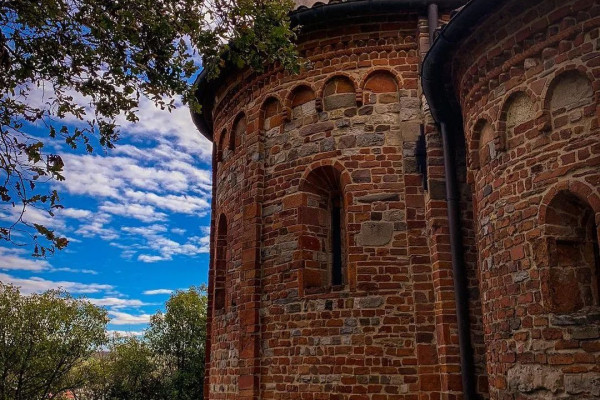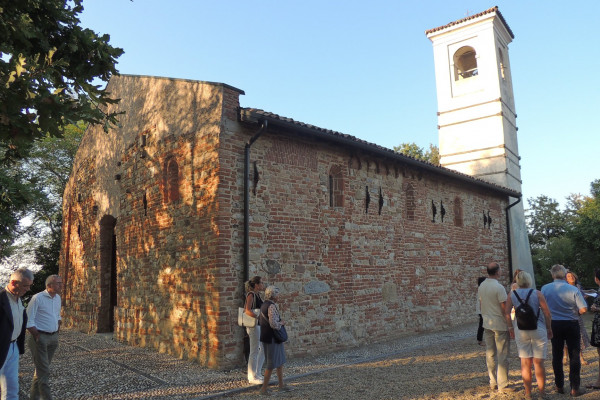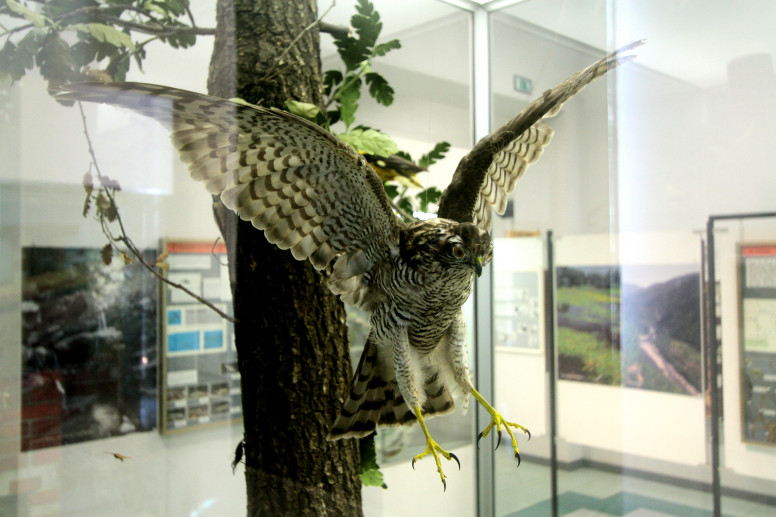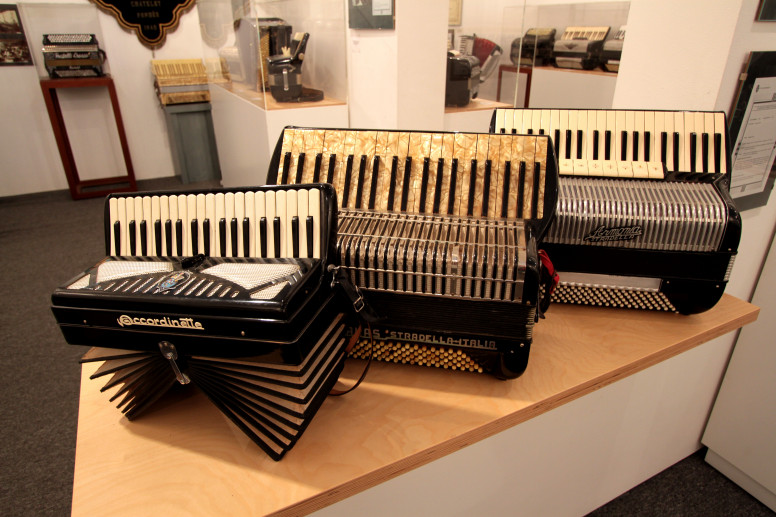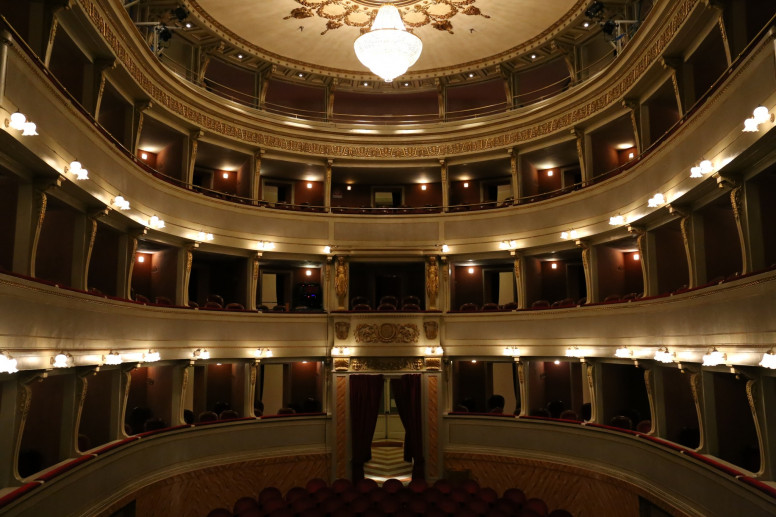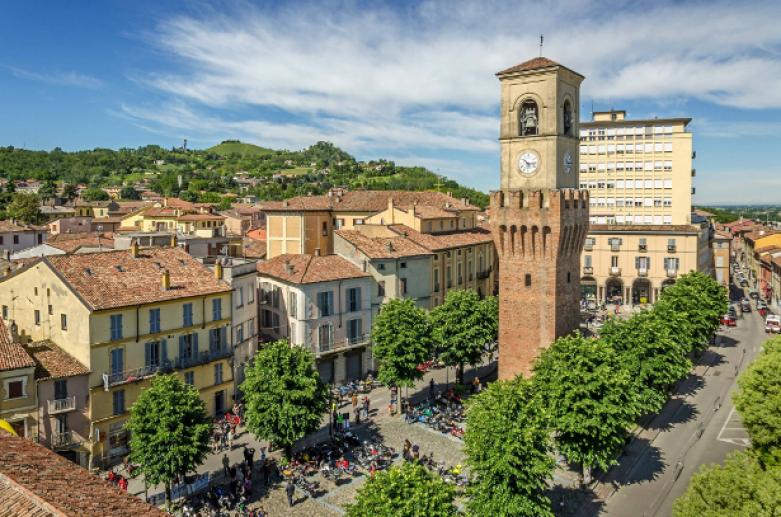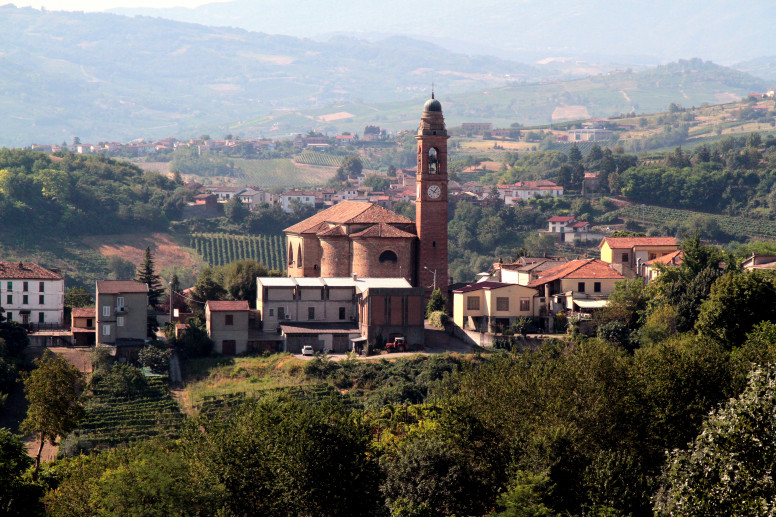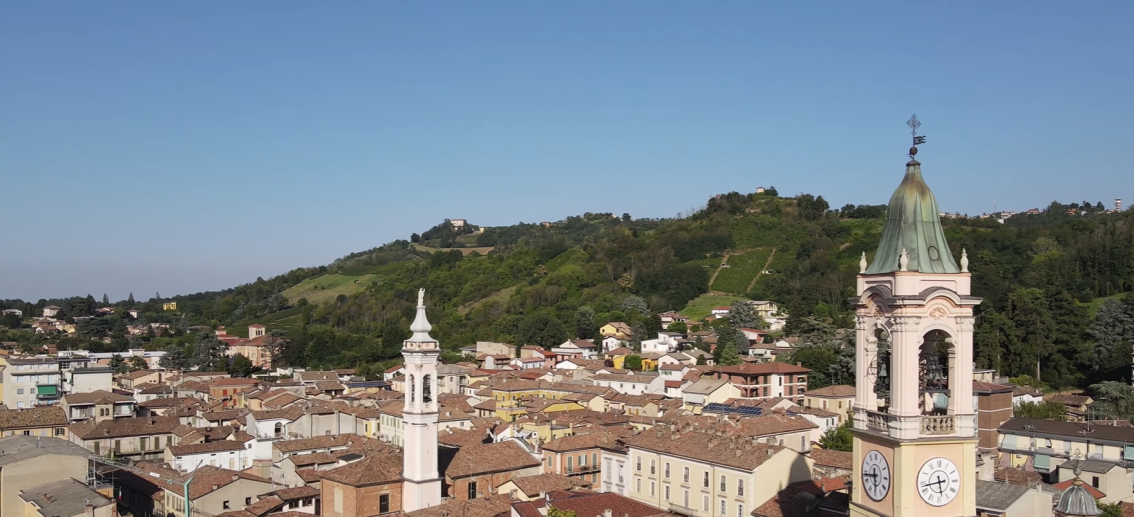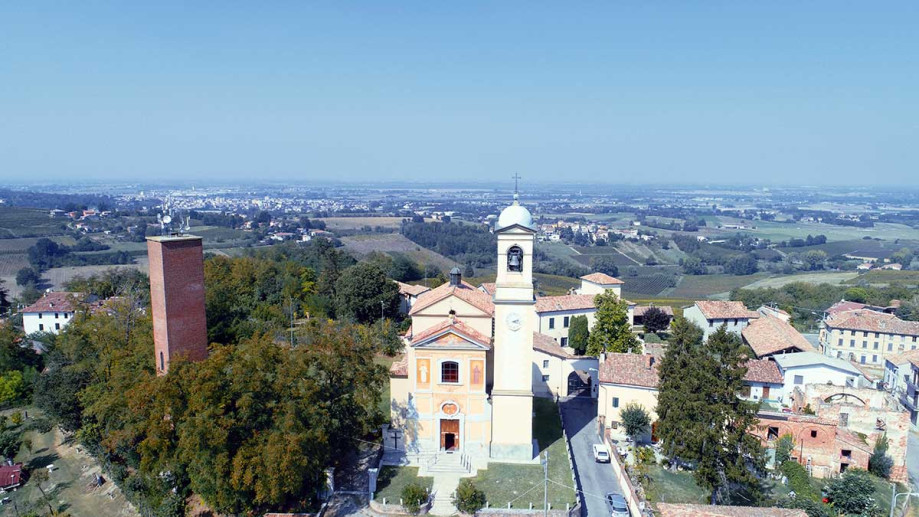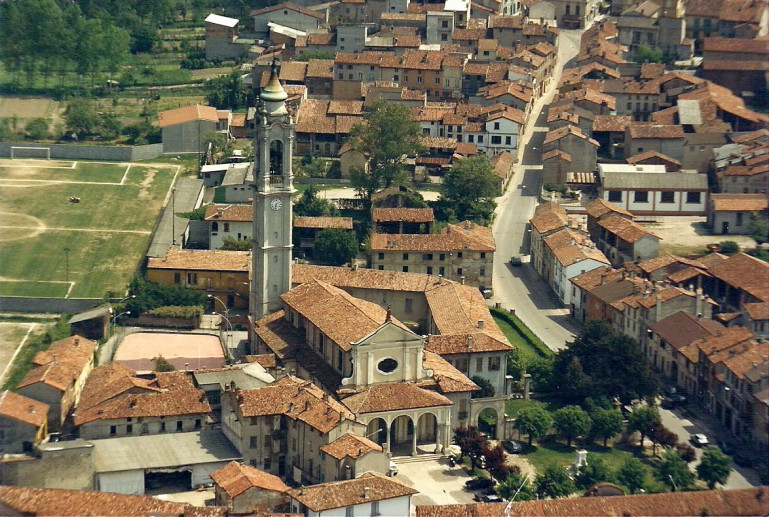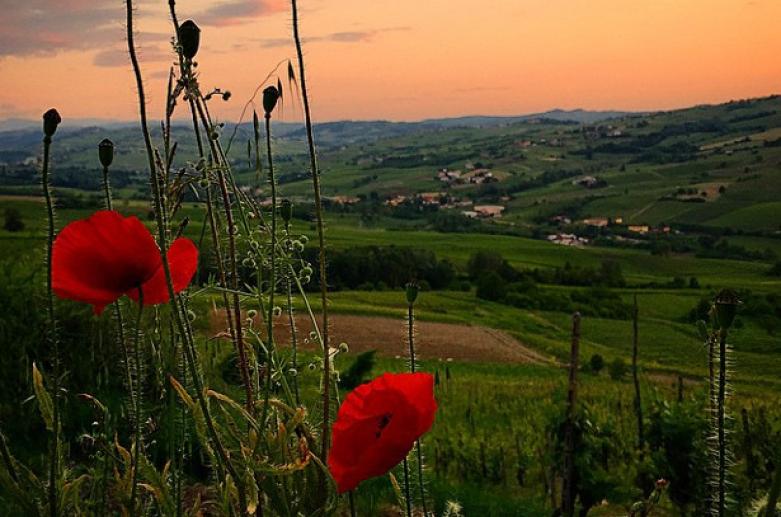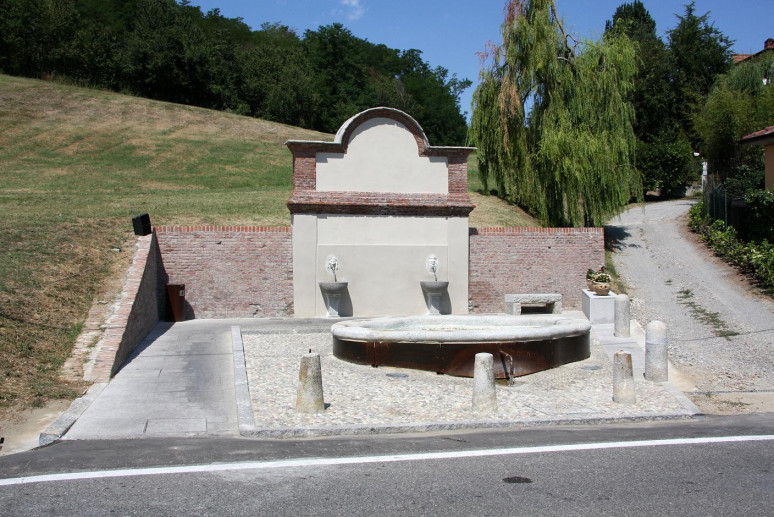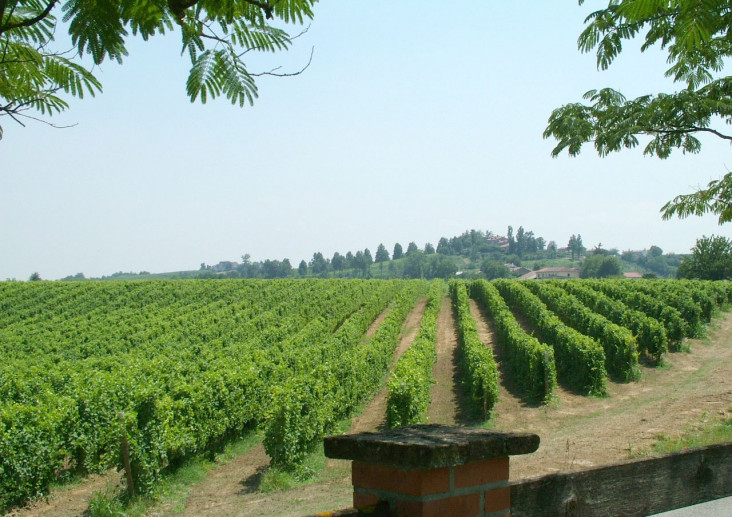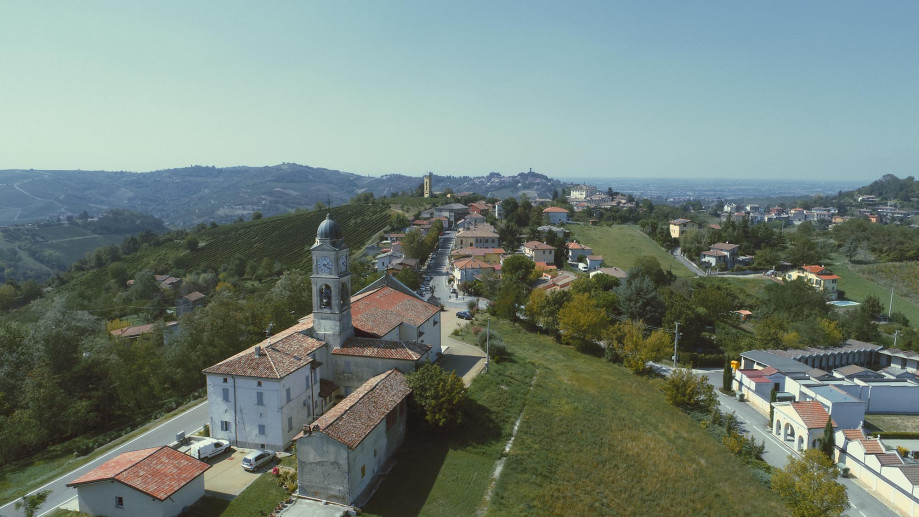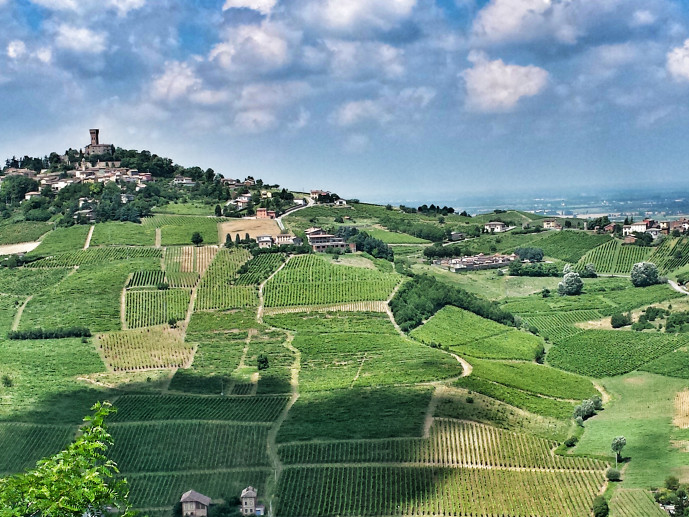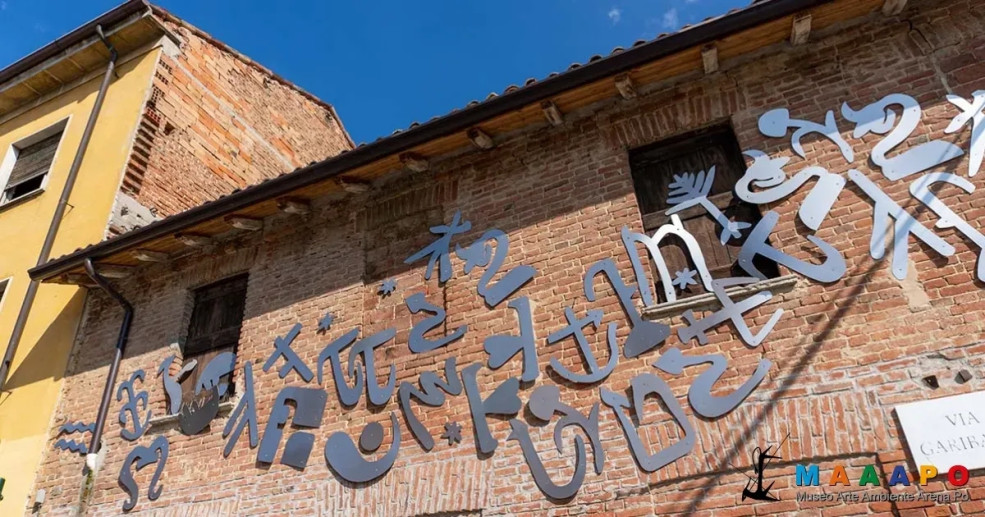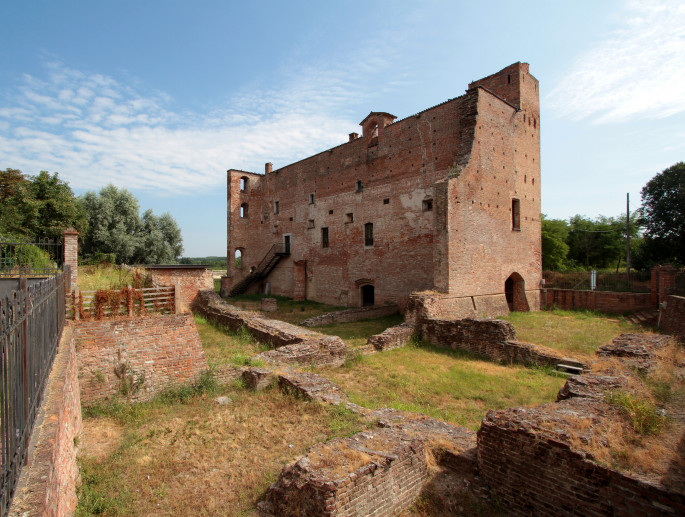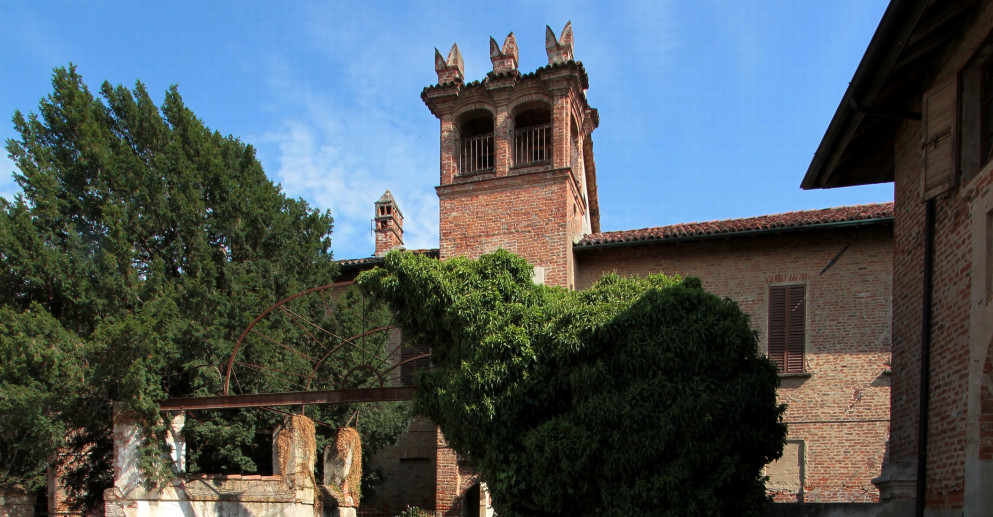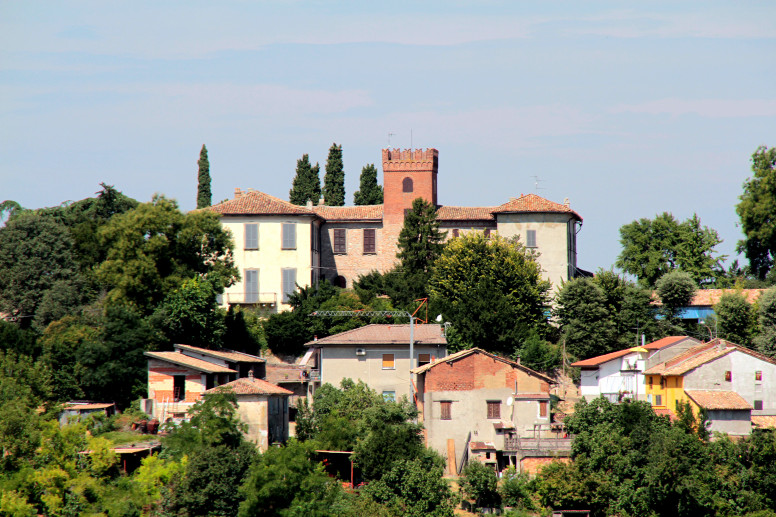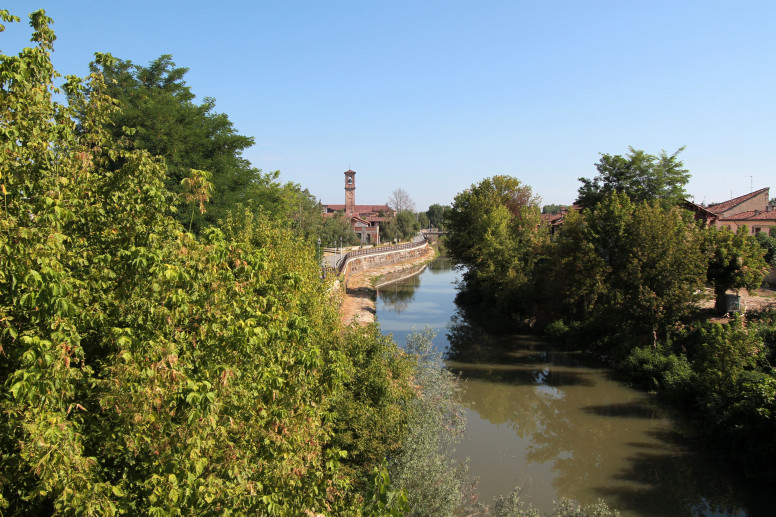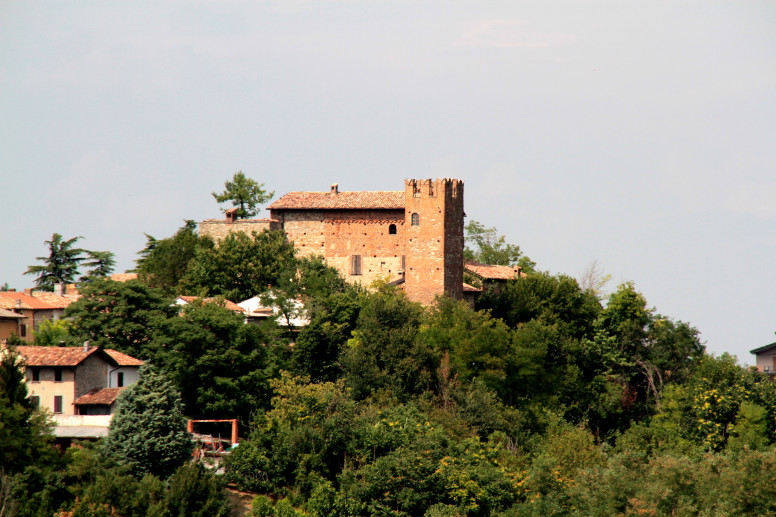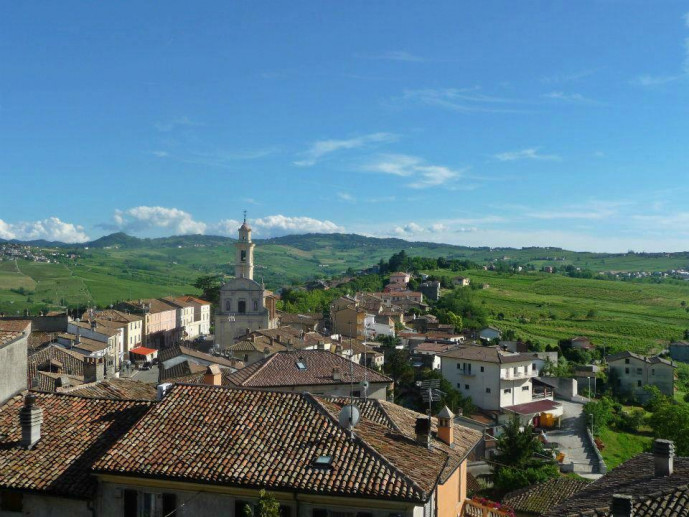- Art & Culture
- Religious Tourism
Basilica di San Marcello in Montalino
San Marcello is the saint to whom it is dedicated, Montalino is the area, the hill that overlooks the city of Stradella, not far from the Rocca Superiore, and "Basilica" because it evokes the first Christian churches.
The history of the Basilica can be divided into three periods: from its origin to 1500, its birth and splendor; from 1500 to 1900, its decline; and from 1900 to today, the difficult recovery and restoration.
The origin, although there is no certain data, is believed to date back to the late 11th or early 12th century, based on architectural observations by many scholars, and most likely on the same site where another small sacred building once stood. This building is traditionally attributed to the Lombard king Liutprando, who ruled in Pavia in the 8th century, possibly indicated by the remains of an apse foundation inside the Basilica.
Due to its position, the scarce historical records suggest that the Church served both the population around the Rocca di Montalino, a possession of the Bishops of Pavia, and the new settlement, the new Borgo di Stradella, which arose on the hill around the year 1000.
The first documented testimony of the existence of the Basilica of Montalino dates back to 1322, during its peak period, when it was the parish church of the Borgo di Stradella. From 1460 onwards, other records, starting with the pastoral visits of the Bishop of Pavia, confirm its existence and its history.
The Church was spared from the raids of the Piacentini during the wars of 1216 and of Giovanni l'Acuto in 1373. However, from 1500, when the new parish church of the Borgo di Stradella was built, the Basilica began a period of decline. It became an Oratory, governed by a Rector, and was gradually abandoned (minatur ruinam, said the Bishop in 1576) and later restored. At the end of the 17th century, a bell tower was built by demolishing a lateral apse, and small buildings were added to the northern side.
In 1829, it passed to the state property, and later, the worship ceased, and it was transformed into a quarantine station for cholera patients. At the end of the 19th century, it was recognized as a national monument, and in 1901, it was purchased by the Municipality of Stradella for three hundred lira with the commitment to restore it. It was only in 1933 that the first phase of recovery began, completed in 1958 with a skilled and demanding restoration. The simple and elegant structure that makes the Basilica of Montalino a gem of Romanesque architecture was brought to light. In 1999, for the Jubilee 2000, further restoration was carried out, consolidating the structure, isolating it from other buildings, repairing the roof, and highlighting the freshness of the terracotta and the valuable external apses.
Architecture. Looking at San Marcello, one can recognize the basilical structure due to its uniform architectural style, in Lombard Romanesque, probably the work of a Campione Master. Inside, there are three naves, with the central one being higher and more spacious, separated by arches with a full circle, made of brick mixed with stone, supported by three pillars on each side. The apses are two, as the apse of the right nave was sacrificed during the construction of the bell tower at the end of the 17th century. Inside the apses, traces of ancient frescoes can be seen, although much damaged, uncovered during the restoration of 1958. In particular, on the vault of the smaller apse, there is the figure of a Bishop Saint and a Saint barefoot and blessing, while in the central apse, one can see the figure of the Madonna praying and a Saint with a book under his arm. The floor features stones that recall the remains of an earlier foundation.
Externally, the gabled facade is facing east and is very simple and uniform, with two small windows, one of which has a large crack due to the collapse of the wall in ancient times. On the southern side, the remains of a series of hanging arches and three slit windows with double chamfering can be seen, one of which has an interesting original terracotta decoration: it depicts a bird with a flowering branch in its beak, a symbol of the Malaspina family, feudal lords in the 11th century of the surrounding territory, possibly patrons of the work.
Small windows can also be found in the apses, whose outer walls are decorated with arches in terracotta interspersed with protruding pilasters in relief on the wall. Artistic interest is also given by the decorations, such as the two rows of bricks arranged in a sawtooth pattern, fragmented by a braid also in terracotta, and small capitals of excellent craftsmanship that protrude from the wall and support the external arches of the apses.
Nine hundred years of history are enclosed and preserved in this building, which is not only a well-preserved masterpiece of Romanesque art to visit but also a memory of the life of the ancient Borgo di Stradella.
(Source: Municipality of Stradella) cultura@comune.stradella.pv.it
